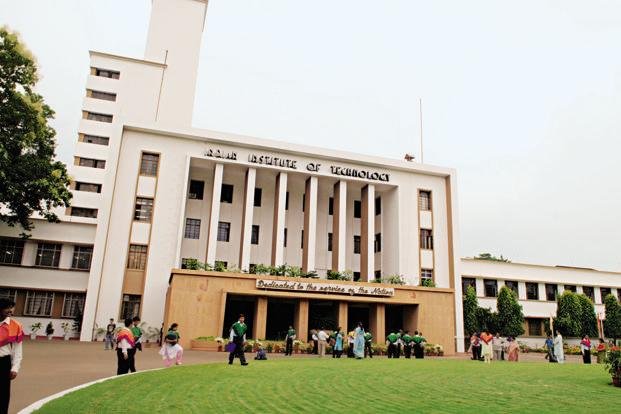By: Priyanka Saurabh
The decision of the Government and the University Grants Commission to allow foreign universities to set up campuses in India is a welcome step. This initiative will not only provide access to global quality education to our students but also create healthy competition among institutions. The government of India is ready for this. Welcome foreign universities like Harvard, Oxford, and Yale to India. Foreign universities ranked in the top 500 globally, as well as other “prestigious” foreign higher education institutions, can set up campuses in India – as outlined in the country’s National Education Policy (NEP), which was adopted in 2020. The final plans were unveiled by the University Grants Commission (UGC) chairman who pointed out that foreign universities with Indian campuses can offer full-time programs only “offline” and not through online or distance learning.
The decision of the Government and the University Grants Commission to allow foreign universities to set up campuses in India is a welcome step. This initiative will not only provide access to global quality education to our students but will also create healthy competition among institutions. In this environment, commercialization of the functioning of higher education institutions has become a top priority for Indian universities. Other challenges facing Indian higher education include demographic composition, poor performance, adherence to traditional systems, the digital divide, and struggles in scaling up. Over-centralization and lack of accountability and professionalism are other issues.
The burden of academic and administrative responsibilities has also increased significantly, undermining the core agenda of higher education, i.e. imparting knowledge, quality teaching and research, and improving governance structures. The lack of domain expertise in academic administrators has also hampered education reforms hindered the progress of a primary reason for not prioritizing management reforms in India is that university leadership and academic administrators may not have the domain expertise to improve internal governance structures, processes, and managerial approaches. Meanwhile, uncertainty over funding of higher education, ever-increasing enrollment of students, global competition, the persistence of traditional systems, prioritization of digitization, and continued marketization of higher education indicate the need for complete modernization and commercialization of systems of higher education institutions.
A report by India-based business consulting firm Red Sear on higher education abroad estimated that the number of Indian students going for higher education abroad increased from 440,000 in 2016 to 770,000 in 2019. This is set to grow to around 1.8 million by 2024. Foreign spending was poised to increase from the current $28 billion to $80 billion (€18.5 billion to €74 billion) annually by 2024. Many students choose to go abroad for experience and earning opportunities abroad that are not available in India. However, some teachers are not sure how much of an impact the move will have and believe there is an urgent need to reform the current university system, where individuality is stifled.
It is not clear whether the top foreign institutions that are being targeted by the scheme would be interested in coming to India, nor is the current political situation conducive for them. At present, the space for any independent, critical analysis has been severely curtailed. This will certainly be on the minds of those who lead foreign universities being invited here. Establishing universities and campuses is a challenging proposition, not including developing curricula, building research facilities, hiring faculty staff, and relocating international workers, among other considerations.
The new regulation allows free play to foreign institutions, and they are given more freedom, which is not given to the Indian institution “for example, they can decide their fees, admission criteria, and complete freedom in faculty appointments”. UGC’s decision to allow foreign universities to set up branches in India will “damage” the country’s higher education system. “The policy will damage, weaken and destroy the Indian higher education system, leading to commercialization. This decision will make education costlier and will adversely affect Dalits, minorities, and the poor. The decision is a reflection of the pro-rich approach of the government.” The establishment of foreign universities here was inevitable in the era of globalization, and given that there are barriers to the exchange of goods, services, and ideas, it was inevitable that education would be the final frontier, where all barriers would break.
The proposal to allow foreign universities to set up offshore campuses in India in the New Education Policy 2020 could significantly change the dynamics of higher education in India. It can also save India a significant amount of foreign exchange and over time become a source of foreign exchange earnings if foreign students also choose to enroll in these campuses. (The author is a Research Scholar in Political Science, Poetess, freelance journalist, and columnist. She can be reached at priyankasaurabh9416@gmail.com)







